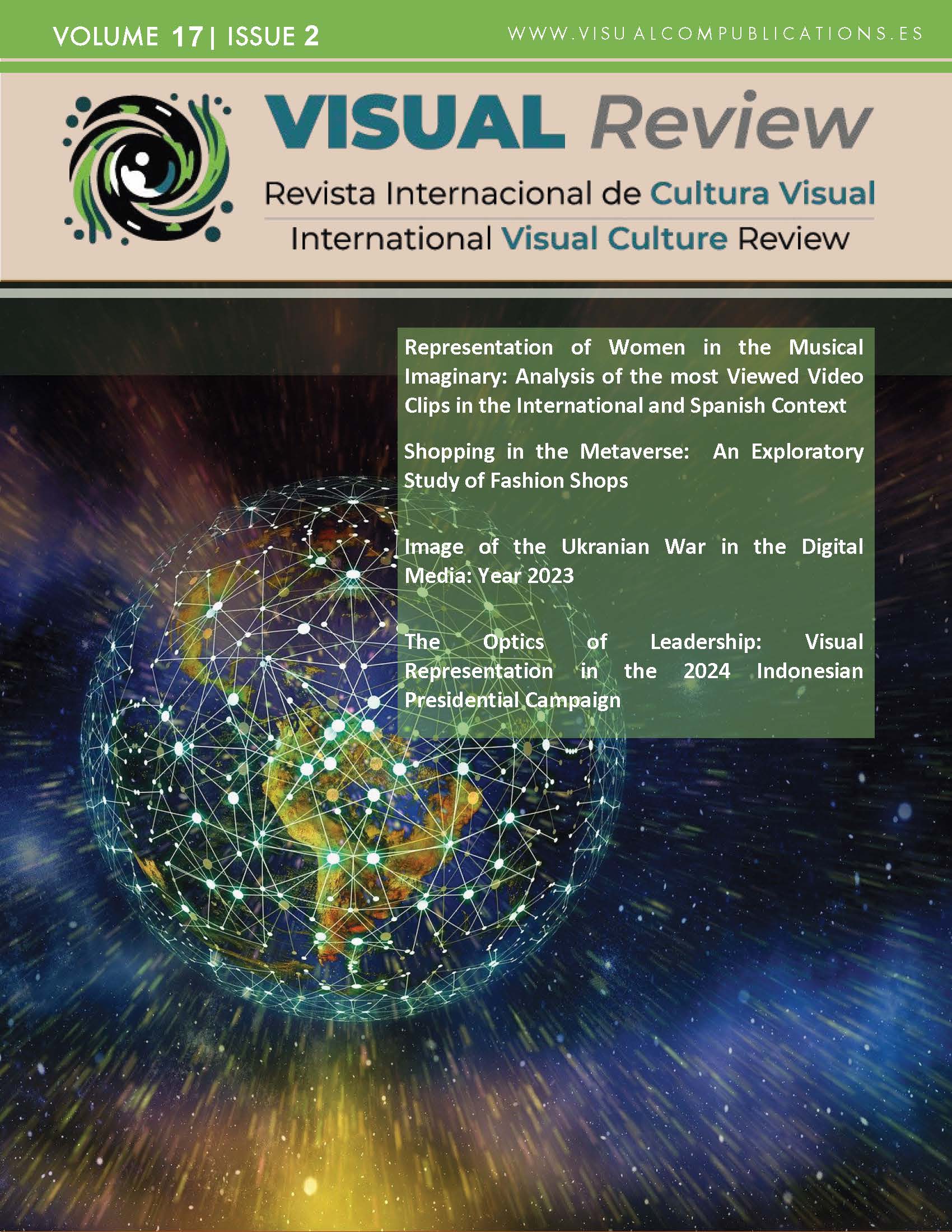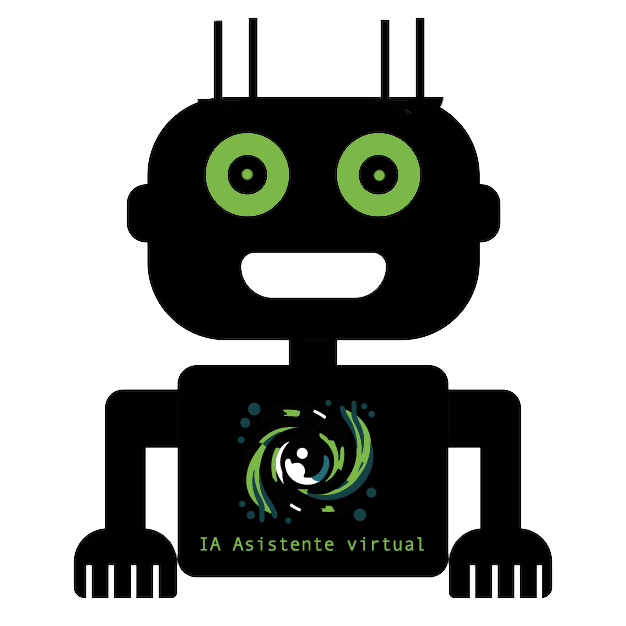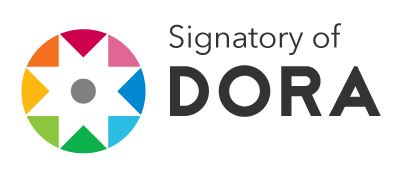Gamification and Business Foresight
Design and Impact of an Immersive Escape Room in the Real Estate Sector
DOI:
https://doi.org/10.62161/revvisual.v17.5765Keywords:
Gamification, Escape Room, Future Thinking, Prospective, Real Estate Sector, Transmedia ExperienceAbstract
In an uncertain business environment, forward-thinking has become an essential strategic skill. This paper presents an escape room designed to raise awareness in a real estate company about the importance of anticipating disruptive changes. Using digital and analogue tools, such as WhatsApp, YouTube and physical objects, an immersive experience was created that promoted reflection on emerging trends in the sector. Gamification and collaborative learning facilitated the transfer of abstract concepts to practical situations. The paper discusses the methodological design, the tools used and the results obtained, proposing this experience as a model for other organizations in their strategic planning.
Downloads
Global Statistics ℹ️
|
553
Views
|
352
Downloads
|
|
905
Total
|
|
References
Ciskszentmihalyi, M. (1996). Creatividad. El fluir y la psicología del descubrimiento y la invención. Barcelona: Paidós.
Cross, N., & Elliot, D., & Roy, R. (1982). Diseñando el Futuro. Editorial Gustavo Gili S.A, Barcelona
Hughes, G. (2003). Add Creativity to your Decision Process. The Journal for Quality & Participation.
Dator, J. (2017). Introducción a los Estudios de Futuros. Revista Cuadernos del Centro de Investigación en Economía Creativa (CIEC), núm. 47, marzo. México.
Dogu, N., Boztepe, H., Topal, C. A., Sonmez, M., Yuceer, B., & Bayraktar, N. (2025). Comparison of the escape room and storytelling methods in learning the stress response: A randomized controlled pilot study. Nurse Education in Practice, 82. https://doi.org/10.1016/j.nepr.2024.104209 DOI: https://doi.org/10.1016/j.nepr.2024.104209
Godet, M. (2006). Creating Futures: Scenario Planning as a Strategic Management Tool. Economica Ltda. París.
Martínez F. & Chivite, D. (2020). Juegos de escape en educación. Padres y Maestros / Journal of Parents and Teachers, 383, 37-42 https://doi.org/10.14422/pym.i383.y2020.006 DOI: https://doi.org/10.14422/pym.i383.y2020.006
Matas, J. (2020). Education in the techno-hamlet: Privation of creativity? [La educación en la Technoaldea: ¿Privación de la creatividad?] Foro de Educación, 18(2), 259-275. doi:10.14516/FDE.737 DOI: https://doi.org/10.14516/fde.737
Merello, A. (1973). Prospectiva: Teoría y Práctica. Editorial Guadalupe. Buenos Aires.
Miklos, T. Tello, M. (2007). Planeación Prospectiva: Una estrategia para el diseño del futuro. Editorial Limusa. México, D.F.
Palencia, C. (2024). Museos, redes sociales y universos transmedia: creación de contenidos para la participación activa del público. VISUAL REVIEW. International Visual Culture Review/Revista Internacional de Cultura, 16 (3), 229–238. ISSN 2695-9631. https://doi.org/10.62161/revvisual.v16.5259 DOI: https://doi.org/10.62161/revvisual.v16.5259
Palencia, C. (2023). Pensamiento Creativo para el Diseño de Experiencias de Aprendizaje Memorables. HUMAN REVIEW. International Humanities Review / Revista Internacional de Humanidades, 19 (4), 1–9. ISSN: 2695-9623 https://www.ojs.bdtopten.com/karim/index.php/revHUMAN/article/view/4928/3217 DOI: https://doi.org/10.37467/revhuman.v19.4928
Palta-Valladares, N., & Sotaminga-Cinilin, M., & Mena-Clerque, S. (2022). Escape room como estrategia didáctica para el desarrollo del pensamiento crítico. Revista Arbitrada Interdisciplinaria KOINONIA. Año VII. Vol. 7, n (2). http://dx.doi.org/10.35381/r.k.v7i2.1968 DOI: https://doi.org/10.35381/r.k.v7i2.1968
Pérez, E., & Gilabert, A., & Lledó, A. (2019). Gamificación en la educación universitaria: El uso del escape room como estrategia de aprendizaje. Investigación e Innovación en la Enseñanza Superior. En Roig-Vila, R (Ed.). Ediciones Octaedro, S.L. Barcelona.
Programa de las Naciones Unidas para el Desarrollo. (2022). Explorando Futuros. Guía para impulsar el cambio, anticipándose a tendencias. Co-Lab. Laboratorio de Aceleración- PNUD-Argentina. Buenos Aires.
Ramos, N., & Berrocoso, J. (2024). Social media in Higher Education: systematic review of the literature (2018-2023) | Redes sociales en Educación Superior: revisión sistemática de literatura (2018-2023). International Journal of Educational Research and Innovation, 2024(21). https://doi.org/10.46661/ijeri.9602 DOI: https://doi.org/10.46661/ijeri.9602
Tort, E., & Lorente, L. (2024). Escaperooms as an active methodology for the integration of STEAM: a systematic review | Escaperooms como metodología activa para la integración de las STEAM: una revisión sistemática. European Public and Social Innovation Review, 9. https://doi.org/10.31637/epsir-2024-526 DOI: https://doi.org/10.31637/epsir-2024-526
Veldkamp, A., Rebecca Niese, J., Heuvelmans, M., Knippels, M.-C. P. J., & Van Joolingen, W. R. (2022). You escaped! How did you learn during gameplay? British Journal of Educational Technology, 53, 1430–1458. https://doi.org/10.1111/bjet.13194 DOI: https://doi.org/10.1111/bjet.13194
Downloads
Published
How to Cite
Issue
Section
License
Copyright (c) 2025 VISUAL REVIEW. International Visual Culture Review / Revista Internacional de Cultura Visual

This work is licensed under a Creative Commons Attribution-NoDerivatives 4.0 International License.
Those authors who publish in this journal accept the following terms:
-
Authors retain copyright.
-
Authors transfer to the journal the right of first publication. The journal also owns the publishing rights.
-
All published contents are governed by an Attribution-NoDerivatives 4.0 International License.
Access the informative version and legal text of the license. By virtue of this, third parties are allowed to use what is published as long as they mention the authorship of the work and the first publication in this journal. If you transform the material, you may not distribute the modified work. -
Authors may make other independent and additional contractual arrangements for non-exclusive distribution of the version of the article published in this journal (e.g., inclusion in an institutional repository or publication in a book) as long as they clearly indicate that the work was first published in this journal.
- Authors are allowed and recommended to publish their work on the Internet (for example on institutional and personal websites), following the publication of, and referencing the journal, as this could lead to constructive exchanges and a more extensive and quick circulation of published works (see The Effect of Open Access).













